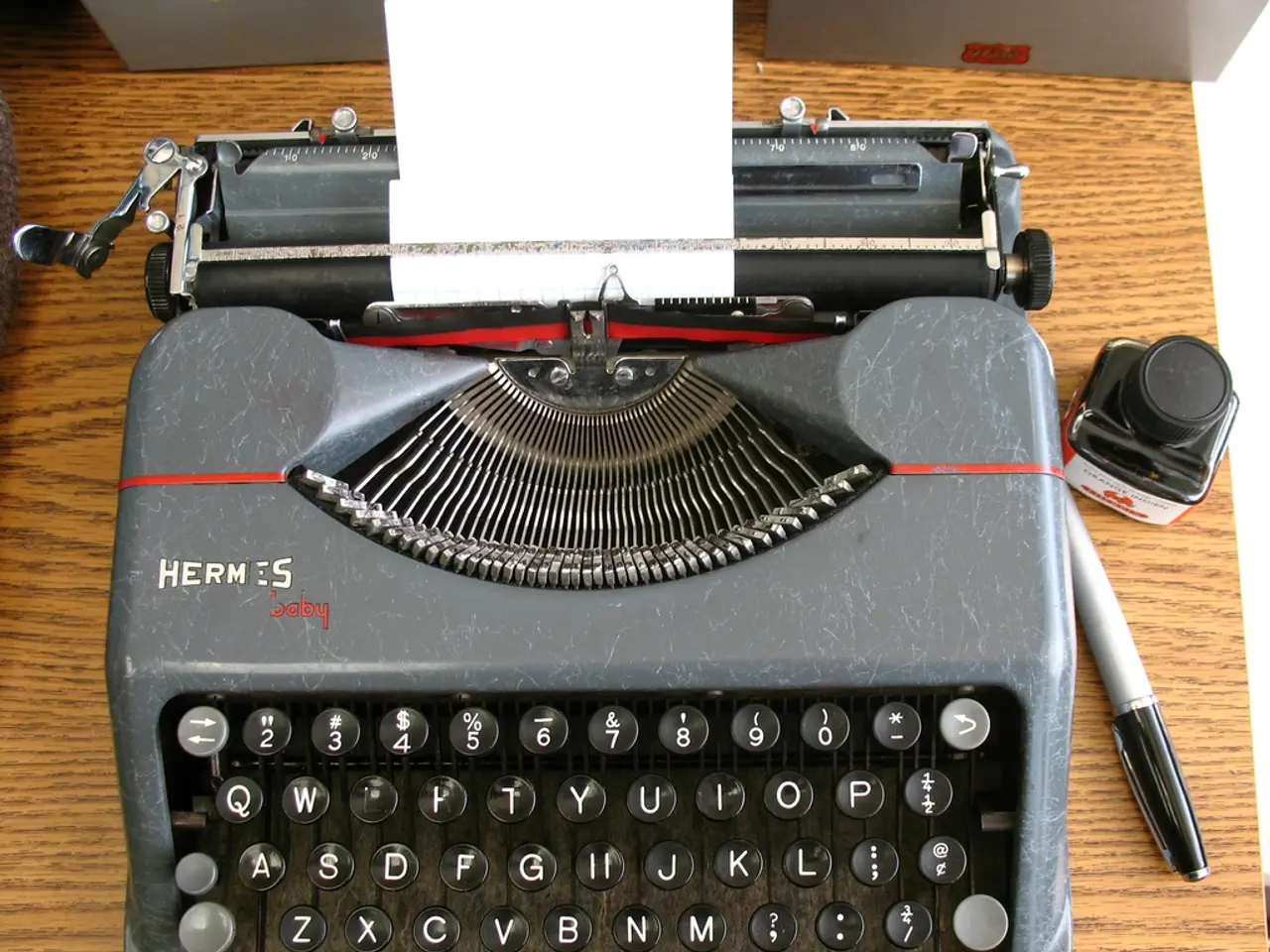Reviving the Forgotten Craft of Penning Letters
Handwritten Letters: A Timeless Form of Communication in the Digital Age
In a world dominated by quick, digital texts, handwritten letters remain a significant and cherished form of communication. The act of writing a letter, with its deliberate and thoughtful nature, stands out in modern society, conveying effort, care, and emotional connection that text messaging often lacks.
The value of a handwritten letter lies in the effort and time invested in creating it. This is a sentiment shared by Morium Khan, who values handwritten cards for the effort and personal touch they represent. In contrast, less effort is put into following the rules of letter writing today compared to the past. However, the art of letter writing is far from forgotten.
Letter writing has started to gain popularity again, with many creative ways to make cards and tutorials available online. This resurgence can be attributed to the unique, memorable, and soulful experience that comes with crafting a letter. The room and freedom you have when writing a letter make it a distinct form of expression, much like journalistic photography, museum art, or poetry.
The history of letter writing dates back to around 3000 B.C.E., with materials like metal, wooden tablets, and animal skin used for communication. Ancient historians like Hellanicus recorded the first handwritten letter, written by Persian Queen Atossa around 500 B.C.E. Letter writing was also a significant form of communication in ancient India, Egypt, and other places, used for sharing information and important news.
During the Great Age of Letter Writing, which was during the 18th century, writing letters was incorporated into education for both men and women. This period also saw the growth of letter writing as more people became literate. In fact, letters during the Westward Expansion provided valuable insights into the average life of an American during that time and the difficulties people may have faced.
Letter writing was an essential form of communication, used for simple contact and during wars. During World War II, letters became a vital part of communication, with a special postal system called "V-mail" being used to enforce restrictions on the length and content of the letter.
In modern society, letters are required in some legal processes as written confirmation. Despite the advancements in technology that have made letter writing less efficient and wasteful, the American Philosophical Society still refers to a manual called "The Art of Letter-Writing" for guidance on addressing persons of distinctions.
The trend suggests that while digital texting dominates in frequency and ease, there is a growing appreciation—especially among older adults and in professional contexts—for handwritten communication as a way to distinguish oneself and express genuine care. Handwriting enhances memory and cognitive engagement and can improve customer retention in business through personalized touch. Brands and individuals use handwritten notes to cut through digital noise, making interactions feel more authentic and memorable.
Tashfia Khan from DeWitt Clinton High School is one such individual who prefers handwritten cards over digital messages due to their personal touch. In contrast, text messaging today is extremely prevalent for everyday communication, favoring speed and convenience. Gen Z and younger generations tend to use brief messages (around 6 words on average) and rely heavily on digital platforms like social media for expressing affection and connection. Texting is often functional or casual, with less formality and emotional depth compared to older generations who prefer longer messages and phone calls for important conversations.
Overall, handwritten letters carry symbolic significance in a fast-paced digital age, representing a deliberate, thoughtful act that counters the brevity and impersonality of text messaging, which remains the preferred mode for quick, day-to-day exchanges.
- The art of letter writing, with its deliberate and thoughtful nature, serves as a distinct form of expression, much like journalistic photography, museum art, fashion-and-beauty, or poetry.
- During the Great Age of Letter Writing, education incorporated letter writing for both men and women, just as in our modern society, a handwritten letter can still distinguish oneself and express genuine care.
- In home-and-garden blogs, you might find tutorials on creating unique and memorable handwritten cards, showcasing the resurgence of this significant and cherished form of communication.
- In the digital age, with educational platforms focusing on self-development and improving memory, the handwritten letter stands out as a means to enhance cognitive engagement.
- Relationships between individuals and brands can be strengthened through the personalized touch of handwritten notes, as they help cut through digital noise and create more authentic and memorable interactions.




